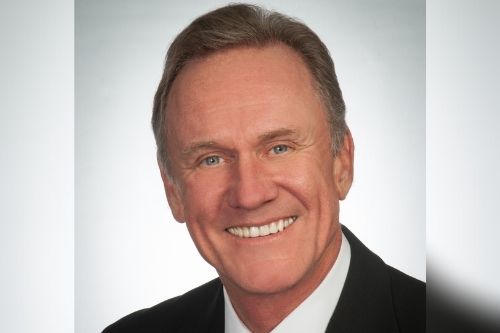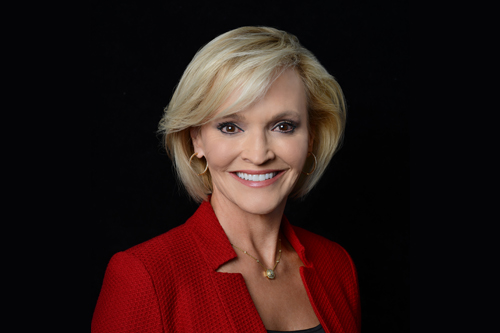

The excess and surplus (E&S) lines market in the United States is booming. Total surplus lines premium reported to the 15 stamping offices across the country was $41.7 billion for the calendar year 2020, representing a 14.9% increase over the $37.5 billion reported in 2019.
According to the 2020 Annual Report of the US Surplus Lines Service and Stamping Offices, each of the 15 stamping offices reported premium growth in 2020, with 11 states reporting double-digit percentage increases. Despite this premium growth, total filings (item counts) decreased by 63,299, or 1.3%, from the prior year – something that Dan Maher, executive director of the Excess Lines Association of New York, attributed to “headwinds due to economic conditions resulting from COVID-19”.
There was a confluence of factors driving growth in the E&S market prior to the COVID-19 pandemic, and many of these factors still exist today, according to Bryan Sanders (pictured above), president of Markel Specialty. Speaking on the executive panel at the Wholesale & Specialty Insurance Association (WSIA) Underwriting Summit 2021, Sanders identified several market drivers, including: tightening market conditions (rate increases, stricter coverage terms and conditions, and reduced capacity); the low interest rate environment, which is challenging insurers’ underwriting profitability; social inflation and increased claims costs; more frequent severe weather events; and a big question mark over the country’s economy.
“All of those factors still exist today,” said Sanders. “And COVID really reinforced all of that. I think that’s why we continue to see double-digit [premium] increases at this point.”

Sanders was backed up by fellow panelist Davis Moore (pictured immediately above), CEO of Worldwide Facilities, who said that insurance markets “are not at a point of achieving rate adequacy that will allow them to achieve their long-term profitability targets.” Again, he pointed to adverse loss trends caused by issues like social inflation, nuclear jury verdicts, natural catastrophes, and the “big emerging topic of ransomware attacks affecting the cyber market.”
Moore concluded: “In the second half of 2021, I do think we’re going to see better economic times as businesses reopen – and that will provide an added element of growth that we didn’t have in 2020. As long as our carriers are able to achieve the rate increases that they believe is needed, we expect to see continued premium growth for 2021.”
Until carriers are able to make adequate rating corrections and stabilize their books, many will remain cautious with capacity, which will drive business into the E&S market.

Emma Garner (pictured immediately above), executive vice president at CRC Insurance Services, commented: “In 2020, and what appears to be continuing into 2021, there were really no white knights, as one might call them, coming in and writing a $250 million dollar limit on a scary account from a property perspective. It’s the same in casualty. Right now, on a trucking [account], it’s taking five markets to get to a $20 million limit. There’s no-one coming in and writing 100%.
“In the past, there’s been a carrier that would suddenly come in and do a big limit at 100%, and that’s affected our market – but that just wasn’t the case in 2020, and I certainly don’t see that being the case in the foreseeable future.”

Finally, one special element that continues to attract retail brokers and insureds to the E&S world is the granular expertise and specialization that the market offers, according to Brenda (Ballard) Austenfeld (pictured immediately above), managing director of RT Specialty and president of RT Specialty’s National Property Practice. Addressing the WSIA executive panel, she said: “We have so many top talented specialists […] and that alone is helping to drive additional flow into our business.”
